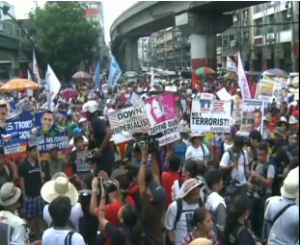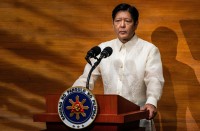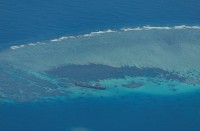
(Reuters) — Nearly 800 Philippine protesters gathered near the Malacanang Palace in Manila on Monday to condemn a newly signed defense pact with the United States.
The Philippines and the United States signed on Monday a 10-year defense pact that would expand the rotational presence of U.S. forces in the country, making the deal just a few hours before the expected arrival of U.S. President Barack Obama for a state visit.
The “Enhanced Defense Cooperation Agreement” (EDCA) was signed by Philippine Defense Secretary Voltaire Gazmin and U.S. Ambassador to the Philippines Philip Goldberg.
The EDCA was signed after nearly two years of “intensive” negotiations between U.S. and Philippine panels.
Protesters managed to destroy the barrier outside the presidential palace as they showed their anger toward the increased presence of U.S. troops. The crowds also burned effigies of U.S. President Obama and Philippine President Benigno Aquino III.
For decades, the United States maintained large military bases in the north Philippines’ Clark and Subic Bay until the Philippine congress voted to close them down in 1991.
American forces returned to the country eight years later under the Visiting Forces Agreement, which was ratified by the Senate in 1999 to govern the temporary stay of U.S. forces for joint training with the Philippine military.







